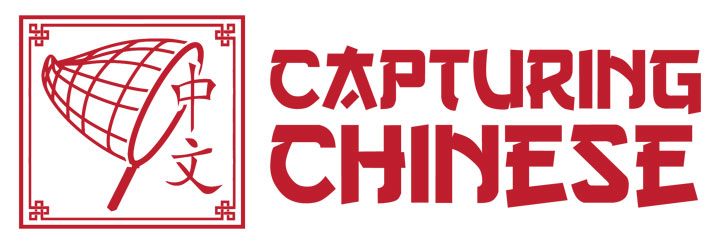Learn Chinese Through Stories - Lu Xun's A Story about Hair
I never knew how much trouble hair could cause until I read this story by Lu Xun. Wow! How your hairstyle could affect your life so dramatically. To learn a bit about the hair style of Qing dynasty China check out this week's story, A Story about Hair. If you missed the introduction to Lu Xun, then follow this link to An Introduction to Lu Xun.
A Story About Hair
头发的故事
Tóufà de Gùshi
头发的故事 was first published in October 1920 in Shànghǎi's New Journal of Current Affairs, the Lamp of Learning (时事新报·学灯 Shíshì Xīnbào·Xué Dēng). In this story, Lǔ Xùn discusses his experiences with his hair. While the story's main character is named Mr. N, the story is really about Lǔ Xùn's own experiences and frustrations with hair. Controlling people's hair style has a long history in China. Not so long ago, shaving of the head was considered punishment for petty criminals. When the Manchus came to power and formed the Qing dynasty in 1644, they brought their unique hair styles with them. Men had to shave the front half of their head, while keeping the back half long and braided in a queue (辫子 biànzi). This imposed hair style met strong resistance in the first years of the Qing dynasty, but was eventually accepted and worn throughout China. When Lǔ Xùn went to study abroad in Japan, he cut off his mandatory queue. While such an act would have been reactionary in China, the officials let the rules slide for foreign students. Upon returning to China though, he was the object of many people's ridicule as he did not have a queue. He bought a fake queue in Shànghǎi, but decided not to wear it for fear of it falling off or worse being pulled off. Instead he wore western style clothes and sported a mustache, which earned him such nicknames as "fake foreign devil." Even in Běijīng, Lǔ Xùn was ridiculed for lacking the proper hairstyle. Spending time out of the capital would only have been worse. A Story About Hair 头发的故事| Would you like to read this Chinese short story with pinyin, footnotes with definitions, historical summaries, and cultural references, as well as Chinese audio files of two native speakers, one male and one female, reading the story? Get your copy of Capturing Chinese today! See the Capturing Chinese Catalog |
